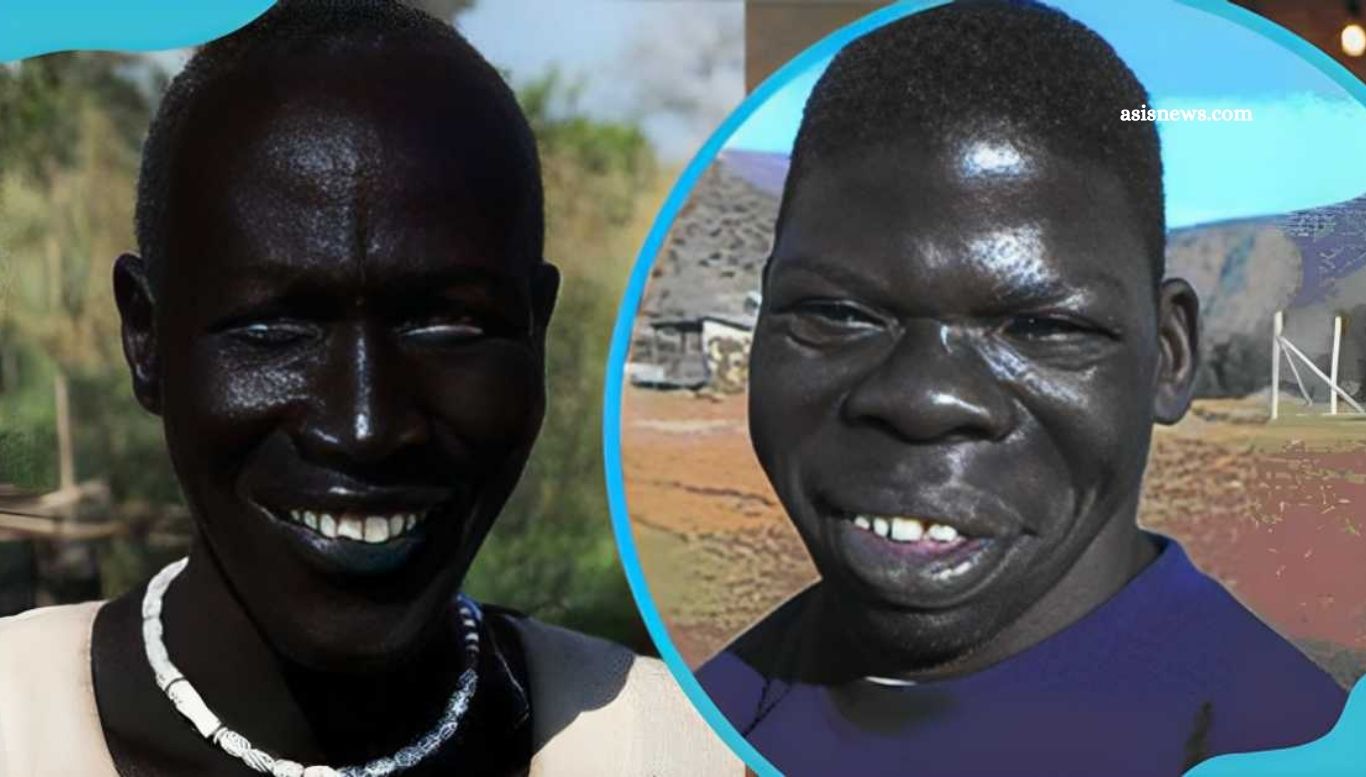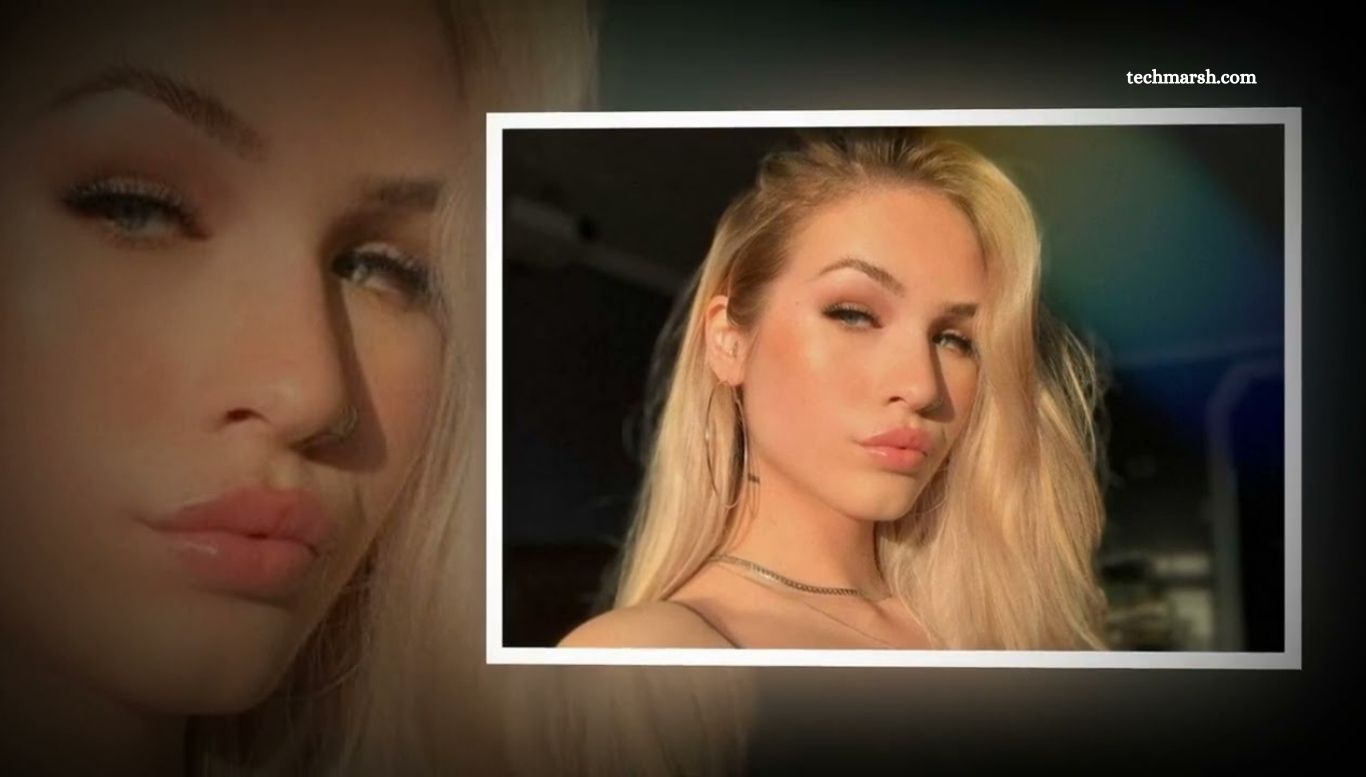The World’s Darkest Person: An In-Depth Study

“The World’s Darkest Person: An In-Depth Study” explores the fascinating and scientifically significant topic of human skin pigmentation. Through comprehensive research, this study delves into the individual who holds the title for the darkest skin tone, examining the genetics, environmental factors, and cultural aspects behind the condition. T
his investigation also highlights the broader implications of skin color in human diversity and the various factors that contribute to the wide spectrum of hues found around the globe. By shedding light on this extraordinary subject, the study offers a deeper understanding of human biology and the beauty of human diversity.
Read More: Simpcitu Defined: Concept, Meaning, and Impact
Find Out the Blackest Person in The World: A Detailed Search
You might find this question unusual, but have you ever wondered who holds the title of the “blackest person in the world”? Is it even possible to determine who that is? After all, there is no official scale to measure skin tone or a global registry tracking this trait.
So, how can we approach answering such a question? The truth is, there isn’t a definitive answer. However, that doesn’t mean we can’t explore the topic. Instead, we can examine some of the darkest-skinned groups and individuals, particularly among models and others in the public eye, to gain a deeper understanding of this fascinating aspect of human diversity.
Ethnic Groups in Africa with the Darkest Skin Tones
Africa is home to many ethnic groups with deep, dark skin tones, particularly in regions with abundant sunlight. Among these groups, you can find some of the world’s darkest-skinned people.
Dinka and Nuer (South Sudan)
The Dinka and Nuer of South Sudan are known for their incredibly dark skin, a result of living in one of the sunniest regions near the equator. These communities also stand out for their tall stature and distinctive physical traits, creating a unique appearance.
Maasai (Kenya and Tanzania)
The Maasai, a semi-nomadic group, live in a sunny environment, and their nomadic lifestyle plays a key role in maintaining their dark skin. Their deep complexion is an adaptation to their surroundings, helping them survive in a challenging landscape.
Himba (Namibia)
The Himba people of Namibia are famous not only for their dark skin but for their unique skincare rituals. They apply a mixture of butterfat and ochre to protect themselves from the harsh desert sun, giving their skin a reddish tint. Their minimal clothing adds to the intrigue surrounding their culture.
Shilluk (South Sudan)
Living along the Nile River, the Shilluk people share similar traits with the Dinka and Nuer. Their dark skin is an important adaptation to their environment, and it plays a role in their cultural practices and identity.
Dark-Skinned Models Redefining Global Beauty
For decades, the fashion and beauty industries have largely promoted Eurocentric standards of beauty, often focusing on lighter skin and certain physical traits. However, these standards are evolving, and more dark-skinned individuals are now making waves in the fashion world. Here are some notable models redefining beauty standards:
Nyakim Gatwech (South Sudan)
Nyakim Gatwech, known as the “Queen of Dark,” is a South Sudanese model whose deep complexion has made her a prominent figure in fashion. She uses her platform to promote body positivity and self-acceptance, particularly for dark-skinned women.
Khoudia Diop (Senegal)
Dubbed the “Melanin Goddess,” Senegalese model Khoudia Diop has gained international recognition for her deep skin tone. She uses her beauty to challenge traditional beauty norms and empower others to embrace their natural complexion.
Alek Wek (South Sudan)
Alek Wek is one of the first dark-skinned models to achieve global fame. In the 1990s, she broke through barriers in the fashion industry with her striking features and deep melanin, even appearing in Hollywood productions.
Anok Yai (Egyptian-Sudanese)
Anok Yai became a sensation after a photo of her at a college event went viral. Known for her flawless dark skin and elegant features, Anok has become a rising star in high fashion, representing prestigious brands.
Duckie Thot (South Sudanese-Australian)
Australian model Duckie Thot, of South Sudanese descent, rose to fame for her strikingly dark skin and doll-like features. Her appearance on “Australia’s Next Top Model” catapulted her career, making her one of the most recognizable faces in fashion.
Adut Akech (South Sudan)
Adut Akech, a South Sudanese-Australian model, has quickly become one of the most prominent figures in the fashion world. Her deep complexion and distinctive beauty have earned her spots on major magazine covers and runways for top designers.
Flaviana Matata (Tanzania)
Tanzanian model and beauty queen Flaviana Matata gained prominence after winning Miss Universe Tanzania. Known for her short hair and dark skin, she has worked with top designers and is also dedicated to philanthropic work, particularly in education for young girls in Tanzania.
These individuals, alongside various ethnic groups across Africa, challenge traditional beauty norms and highlight the diverse and rich spectrum of human skin tones.
Frequently Asked Questions
Which African ethnic groups have the darkest skin tones?
Several African ethnic groups are known for their deep, dark skin tones. Some of the groups with the darkest skin include the Dinka and Nuer of South Sudan, the Maasai of Kenya and Tanzania, the Himba of Namibia, and the Shilluk of South Sudan.
Why do some African ethnic groups have darker skin than others?
Skin color is primarily influenced by genetics, specifically the amount of melanin produced in the skin. Ethnic groups living near the equator, where sunlight is more intense, tend to have darker skin as an evolutionary adaptation to protect against the harmful effects of ultraviolet (UV) radiation.
How does living near the equator influence skin tone?
Living in regions with more sunlight, especially near the equator, increases exposure to UV rays. Darker skin acts as a natural protection against UV radiation by absorbing and dissipating the harmful rays, reducing the risk of sunburn, skin damage, and skin cancer.
What is the significance of dark skin in African cultures?
In many African cultures, dark skin is seen as a symbol of strength, beauty, and resilience. It is also often associated with the land and environment, as people have adapted to their surroundings over thousands of years. Cultural practices and traditions around beauty can also reflect the value placed on skin tone.
How do skin tones differ among African ethnic groups?
While many African ethnic groups have dark skin tones, there are variations in the exact shade. For example, the Dinka and Nuer are known for their deep, almost ebony skin, while the Maasai, while still dark-skinned, may have slightly lighter tones due to their semi-nomadic lifestyle and different geographic regions.
Are there any notable individuals with dark skin who represent these ethnic groups?
Yes, many dark-skinned individuals from these ethnic groups have gained global recognition, particularly in the fashion industry. Examples include Nyakim Gatwech, Khoudia Diop, Alek Wek, Anok Yai, and Duckie Thot, all of whom have used their dark skin to challenge traditional beauty norms and promote self-acceptance.
How has the fashion industry embraced dark skin tones?
Historically, the fashion industry focused on lighter skin tones, but this is gradually changing. Dark-skinned models like Nyakim Gatwech, Alek Wek, and others are helping to redefine global beauty standards, making the industry more inclusive and diverse.
Why is it important to celebrate diversity in skin tones?
Celebrating diversity in skin tones helps to challenge outdated beauty ideals and fosters inclusivity. By recognizing and appreciating the range of skin colors, people can embrace their natural beauty, promoting self-esteem and a broader understanding of what beauty truly means.
What are the benefits of having dark skin?
Dark skin offers natural protection from the harmful effects of UV radiation, reducing the risk of skin damage and skin cancer. It also helps preserve the skin’s collagen, which can slow down the visible signs of aging compared to lighter skin tones.
How can we promote positive representations of dark-skinned individuals?
Promoting positive representations of dark-skinned individuals involves showcasing diverse beauty in media, fashion, and entertainment. Supporting dark-skinned models, artists, and influencers, and encouraging inclusivity in all industries can help create a more positive and accepting environment for all skin tones.
Conclusion
Africa’s ethnic groups with the darkest skin tones, such as the Dinka, Nuer, Maasai, Himba, and Shilluk, not only reflect the diverse range of human adaptation to sunlight but also represent a deep cultural heritage that celebrates strength, resilience, and beauty.
Over time, these groups have become symbols of natural beauty, and individuals from these backgrounds, such as Nyakim Gatwech, Alek Wek, and Duckie Thot, are leading a global movement to redefine beauty standards in the fashion industry and beyond. As the world increasingly embraces diversity and inclusivity, it’s crucial to recognize and celebrate the rich spectrum of skin tones, encouraging self-acceptance and promoting a broader, more inclusive definition of beauty.




